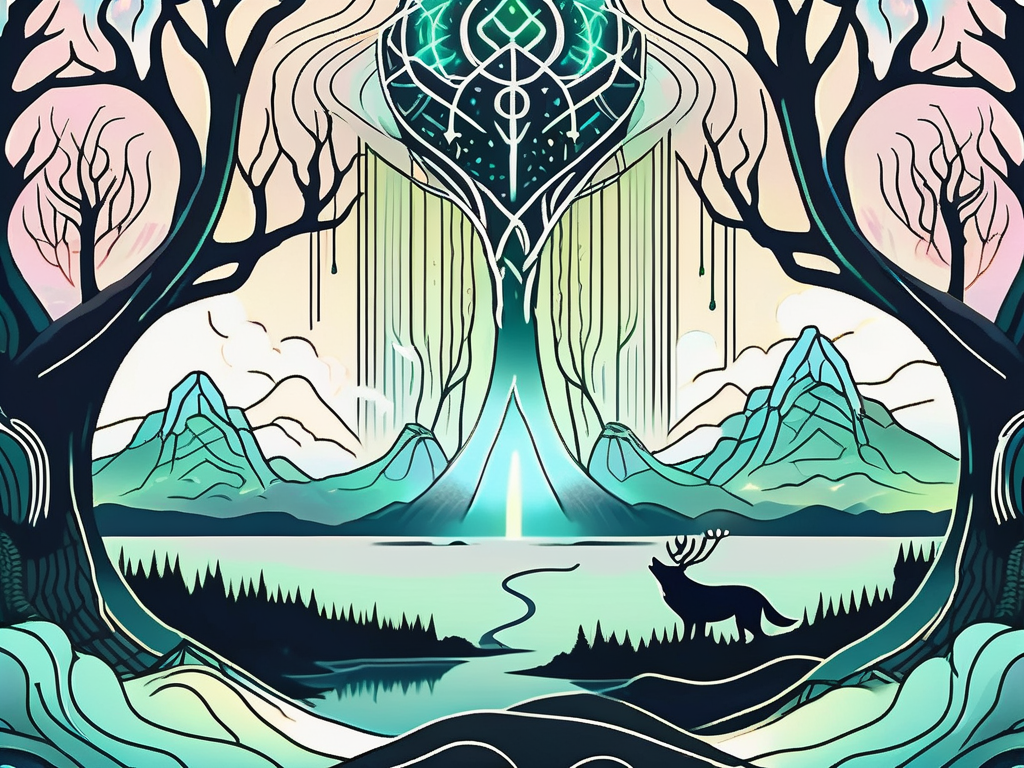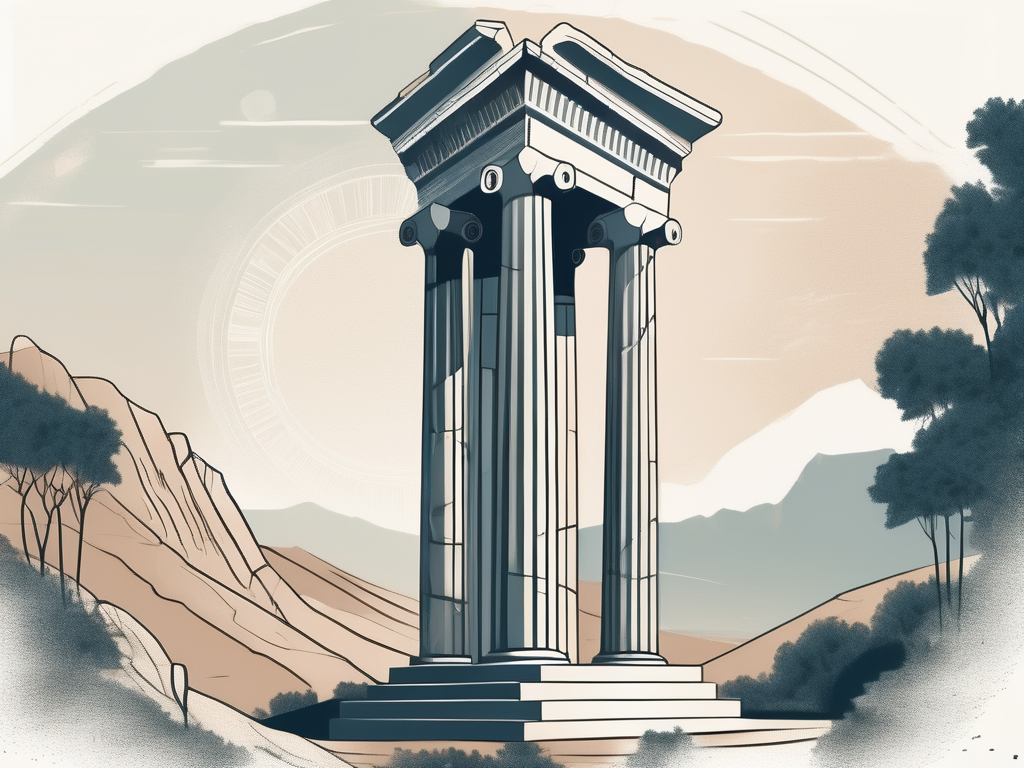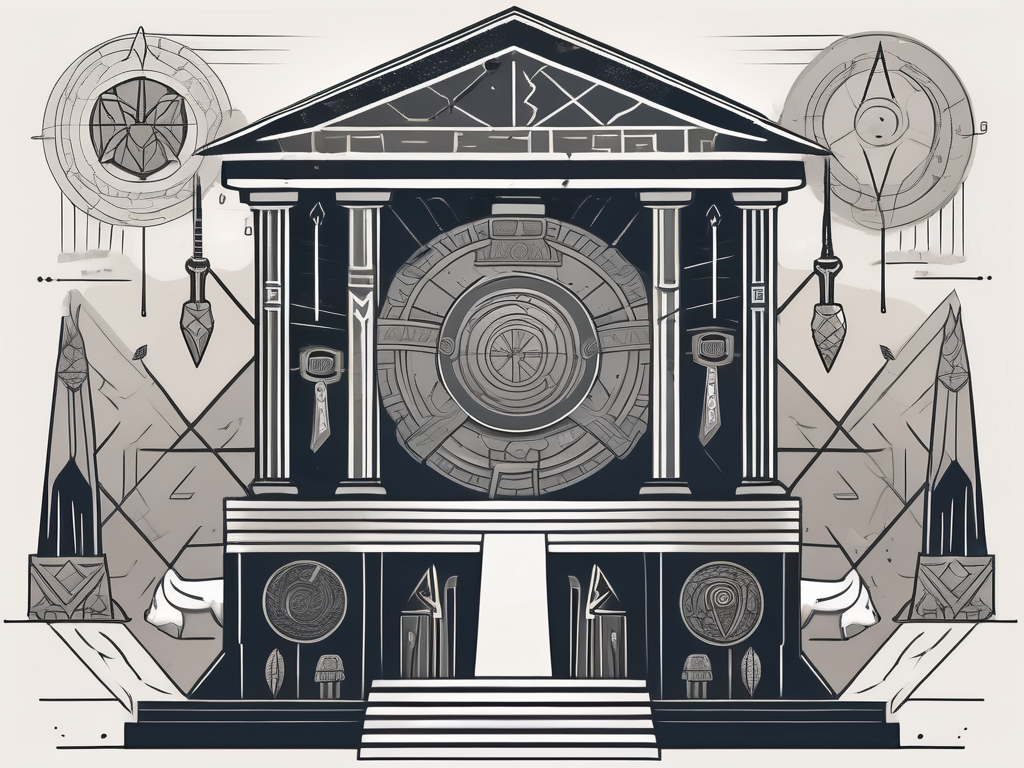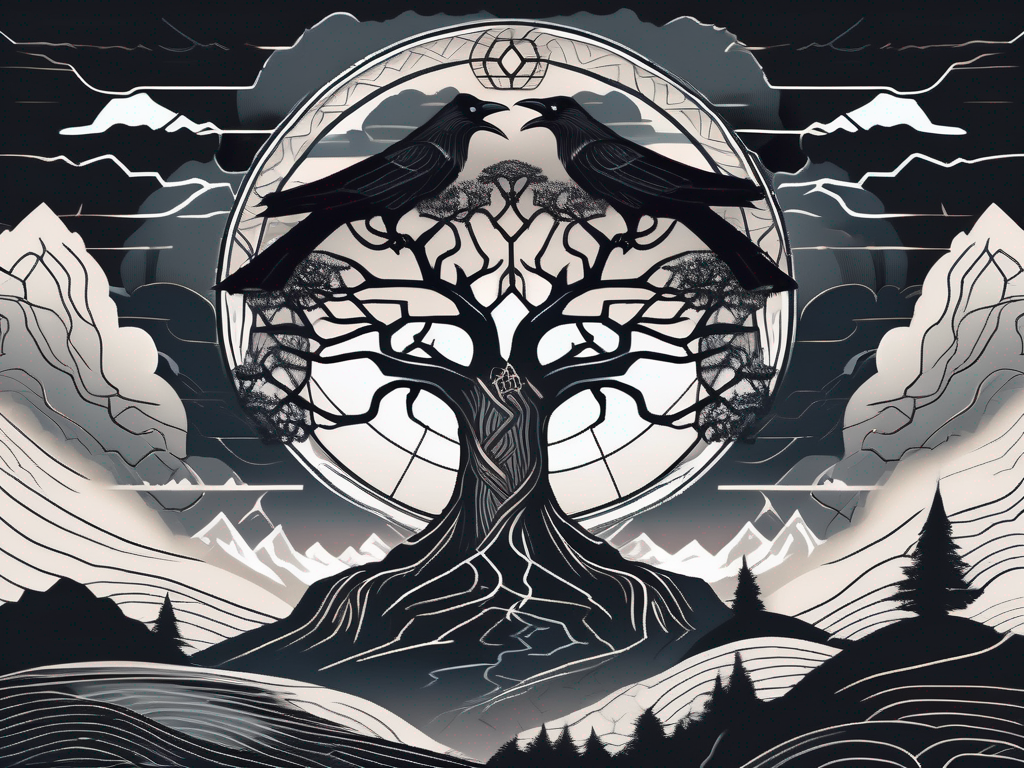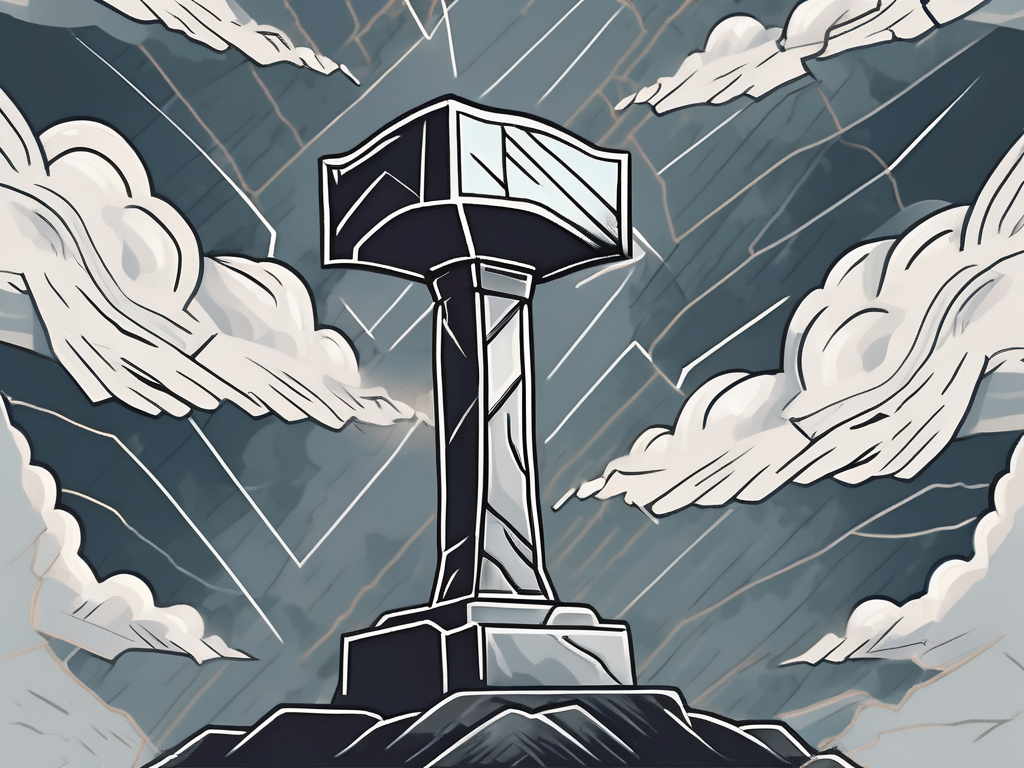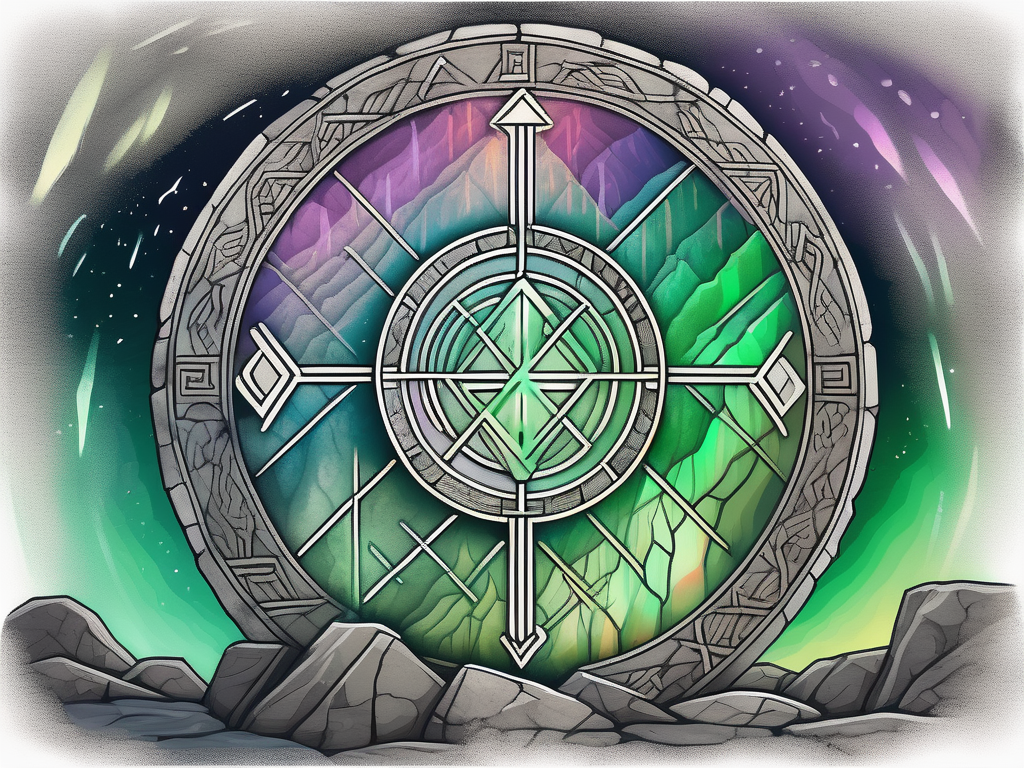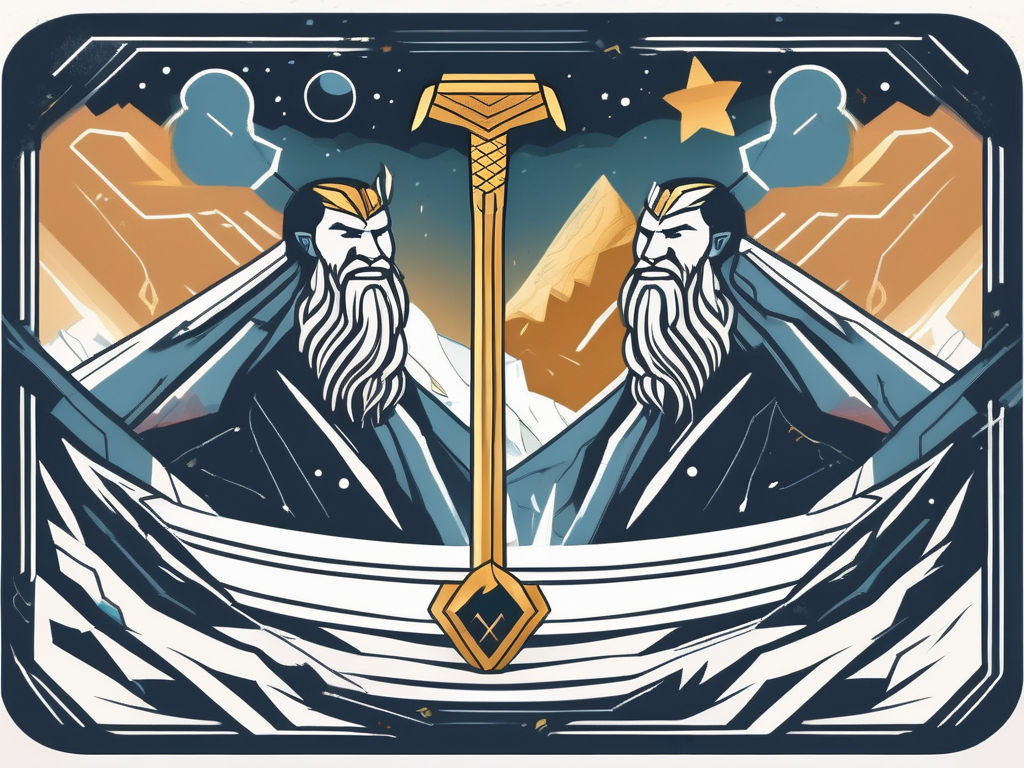Are you fascinated by ancient stories and mythical tales? Do you ever wonder how different cultures interpreted the world around them? If so, get ready to embark on a captivating journey through the enigmatic world of Norse mythology. In this documentary, we will delve deep into the rich lore and legends of the Norse gods and goddesses, exploring their origins, their significance in Norse society, and their enduring influence on modern culture.
Understanding Norse Mythology
Before we dive into the intricacies of Norse myths, it’s important to gain a foundational understanding of this fascinating belief system. Norse mythology, also known as Scandinavian mythology, refers to the religious and cultural beliefs of the Norse people, who inhabited the region that is now known as Scandinavia.
Unlike many other mythologies, the Norse pantheon is not as widely known or explored. However, their stories are just as riveting, if not more so, than those of their Greco-Roman counterparts.
Norse mythology has its roots in the oral traditions of the early Germanic tribes. Passed down through generations, these stories were eventually recorded in written form in the 13th century by Snorri Sturluson in the Prose Edda and an anonymous poet in the Poetic Edda.
But the origins of Norse mythology go even further back in time. The ancient Norse people believed that their cosmos began with the primordial void known as Ginnungagap. From this chaotic void emerged the first being, Ymir, who represented both the male and female elements of creation.
The Norse pantheon consists of a diverse cast of gods and goddesses, each with their own unique powers and personalities. At the helm is Odin, the wise and enigmatic Allfather, who presides over the realm of Asgard. Joining him are his sons Thor, the thunder-wielding champion, and Loki, the cunning trickster.
There are also powerful goddesses like Freya, the goddess of love and beauty, and Frigg, Odin’s wife and the queen of Asgard. Throughout this documentary, we will explore their stories and the roles they played within the Norse pantheon.
Norse mythology wasn’t just a collection of fantastical stories; it held deep cultural and societal significance for the Norse people. Mythology helped them make sense of the world and served as a moral compass, providing guidance on how to live a meaningful and virtuous life.
Furthermore, these myths were an integral part of their religious rituals and practices, shaping their understanding of life, death, and the afterlife. Through storytelling, the Norse people strengthened their collective identity and passed down their traditions from one generation to the next.
But what about the lesser-known gods and goddesses of the Norse pantheon? Let’s take a closer look at some of these intriguing figures.
One such deity is Freyr, the god of fertility and prosperity. Freyr was associated with abundance, and his worship often involved rituals to ensure bountiful harvests and successful marriages. He was depicted as a handsome and gentle god, often portrayed with a boar named Gullinbursti, whose golden bristles illuminated the night.
Another fascinating goddess is Hel, ruler of the realm of the dead. In Norse mythology, Hel was depicted as half alive and half dead, with a face that was beautiful on one side and rotting on the other. She presided over the souls of those who died of old age or illness, welcoming them into her realm with open arms.
And let’s not forget about Tyr, the god of law and justice. Tyr was known for his bravery and self-sacrifice, as he willingly sacrificed his hand to bind the monstrous wolf Fenrir. He was highly respected among the Norse gods and was often called upon to settle disputes and uphold the laws of the land.
These are just a few examples of the rich and diverse pantheon of Norse gods and goddesses. Each deity had their own domain and played a unique role in the Norse cosmology. Exploring their stories and understanding their significance is key to unraveling the complexities of Norse mythology.
As we delve deeper into the world of Norse mythology, we will uncover tales of epic battles, forbidden love, and the ultimate fate of the gods themselves. Join us on this journey through the realms of Asgard, Midgard, and beyond, as we unravel the mysteries of this ancient belief system.
The Intricacies of Norse Myths
Now that we have a solid foundation of Norse mythology, let’s delve into some of the most intriguing and captivating stories from this ancient belief system.
The Creation Myth: Yggdrasil and the Nine Worlds
According to Norse mythology, the world tree Yggdrasil held the nine interconnected realms. Each realm had its own unique inhabitants and played a crucial role in maintaining the balance of the cosmos. From Asgard, the realm of the gods, to Niflheim, the frozen realm of the dead, each world was intricately woven together to form a complex web of existence.
But the most captivating aspect of this creation myth lies in the existence of various mythical creatures, such as the mighty dragons and fearsome giants, who inhabited these realms. Their legends, battles, and alliances were woven into the fabric of Norse mythology and provided endless inspiration for heroic tales.
Ragnarok: The End of the World
One of the most dramatic and epic stories in Norse mythology is the tale of Ragnarok. In this apocalyptic event, a great battle between the gods and their enemies will ultimately lead to the destruction of the world as we know it. Chaos and destruction will reign supreme, as the gods and their foes clash in an epic final showdown.
But within this tale of doom and destruction lies a glimmer of hope. Just as the world falls into darkness, a new world will emerge from the ashes, symbolizing the cycle of life, death, and rebirth that is central to Norse beliefs.
Heroic Legends and Sagas
While the gods and goddesses often take center stage in Norse mythology, the heroes and heroines of these tales deserve recognition as well. From the fearless warrior Sigurd to the legendary shieldmaiden Lagertha, these heroes faced daunting challenges and embarked on heroic quests that inspire us to this day.
Through their heroic feats and personal journeys, these mythical figures embody the values and virtues that were held in high regard in Norse society – bravery, honor, and loyalty.
The Influence of Norse Mythology on Modern Culture
Although Norse mythology might seem like a relic of the past, its influence can still be felt in various aspects of modern culture.
Norse Mythology in Literature and Film
From J.R.R. Tolkien’s “The Lord of the Rings” to Marvel’s “Thor” comics and movies, Norse mythology has served as a wellspring of inspiration for countless authors and filmmakers. Its themes of heroism, destiny, and the struggle between good and evil continue to captivate audiences today.
By incorporating elements of Norse mythology into their storytelling, these creators pay homage to the rich traditions and timeless tales that have captivated people for centuries.
Norse Symbols and Their Meanings Today
Many symbols from Norse mythology have become iconic in their own right and hold various meanings in modern culture. The mighty hammer Mjolnir, associated with Thor, has become a symbol of strength and protection. The Valknut, a symbol of interconnectedness, continues to be used in contemporary art and jewelry.
Whether worn as accessories or used as design elements, these symbols serve as reminders of the enduring legacy of Norse mythology.
The Revival of Norse Paganism
In recent decades, there has been a resurgence of interest in Norse paganism and the worship of the Norse gods and goddesses. Known as Ásatrú, this contemporary revival seeks to connect with the ancient traditions and spirituality of the Norse people.
Through rituals, gatherings, and personal exploration, modern practitioners embrace the wisdom of their ancestors and find solace in the myths and legends that have shaped their cultural heritage.
The Art of Storytelling in Norse Mythology
At the heart of Norse mythology lies the art of storytelling. Through various mediums, including poetry and oral tradition, the Norse people preserved their myths and legends for future generations to enjoy and learn from.
The Use of Poetic Edda and Prose Edda
The Prose Edda, written by Snorri Sturluson, and the Poetic Edda, a collection of anonymous poems, have provided invaluable insights into Norse mythology. These written records not only helped to preserve the stories but also allowed for the dissemination of Norse myths beyond the boundaries of Scandinavia.
Through these texts, we can discover the rich tapestry of characters, events, and moral lessons that continue to captivate readers and storytellers alike.
The Role of Skalds in Norse Society
In Norse society, the skalds held an esteemed position as poets and storytellers. These talented individuals were responsible for preserving and recounting the myths and legends of the Norse gods and heroes.
Through their poetic and musical talents, skalds brought the stories to life, captivating audiences with their vibrant retellings and ensuring the survival of Norse mythology through the ages.
The Tradition of Oral Storytelling
Long before the advent of written records, Norse mythology was passed down through generations via oral storytelling. These immersive and interactive performances not only entertained but also educated the listeners.
Through the spoken word, storytellers wove tales of gods and heroes, instilling a sense of wonder and excitement in their audiences. The tradition of oral storytelling kept the flame of Norse mythology alive, allowing it to transcend time and reach us today.
As we conclude our journey through the enigmatic world of Norse mythology, we hope to have ignited your curiosity and sparked a deeper appreciation for this captivating belief system. From the creation myth to tales of epic battles and heroic deeds, the Norse gods and goddesses continue to inspire and intrigue us. Let these ancient stories serve as a reminder of the enduring power of myth and the richness of human imagination.
